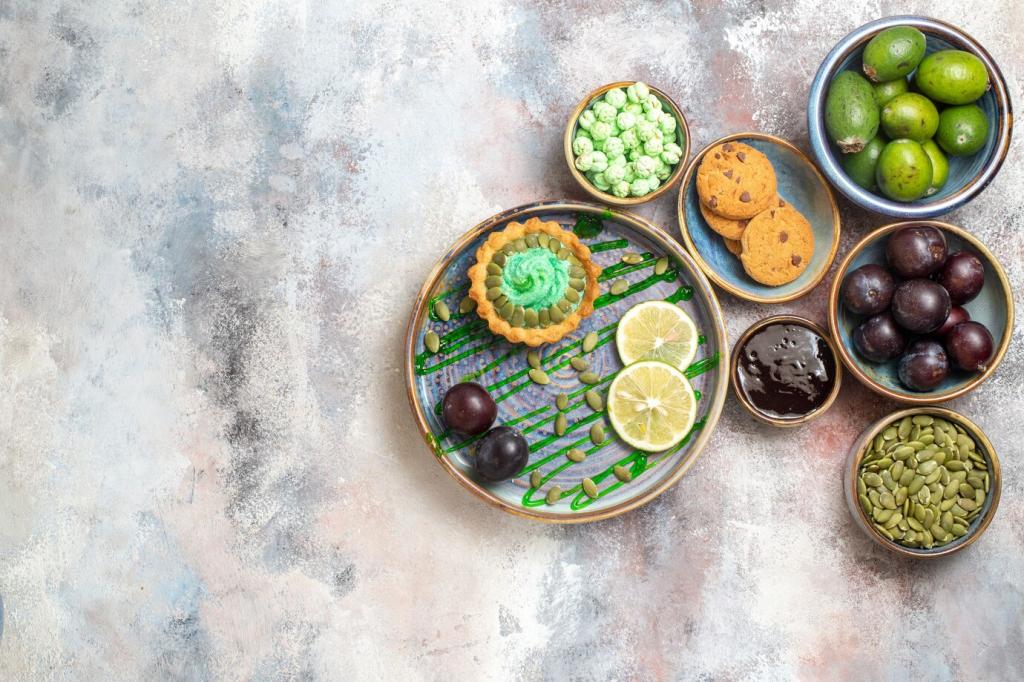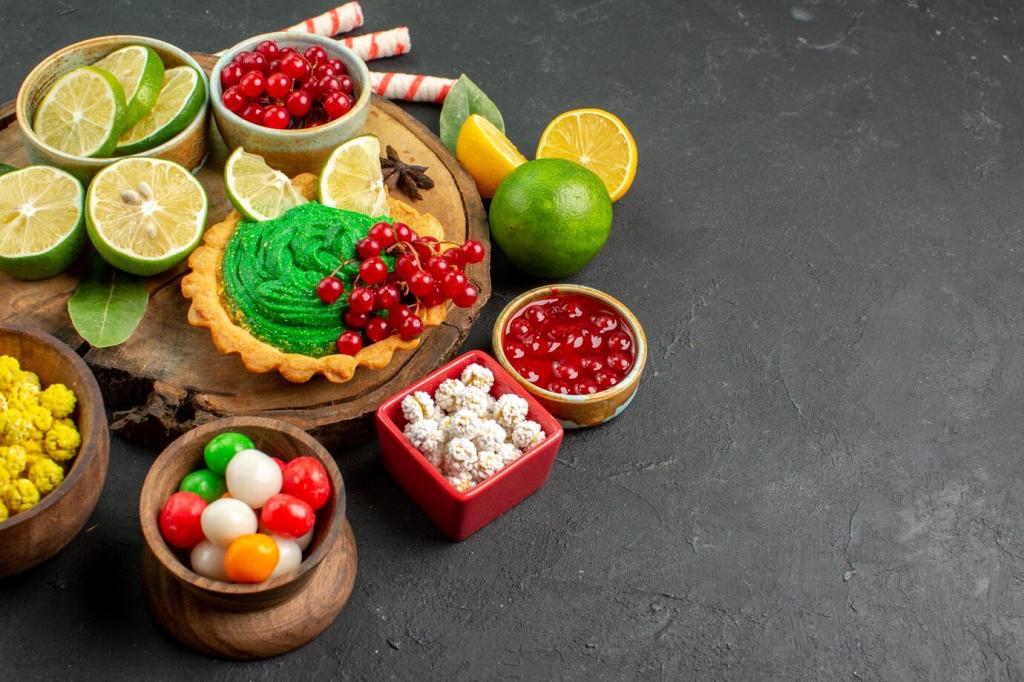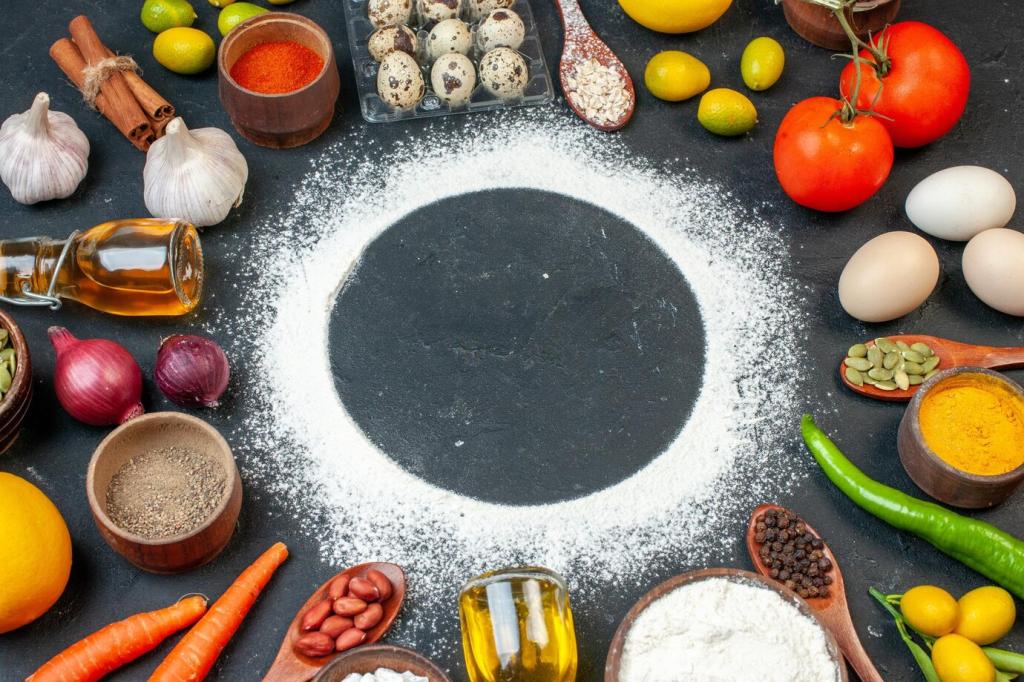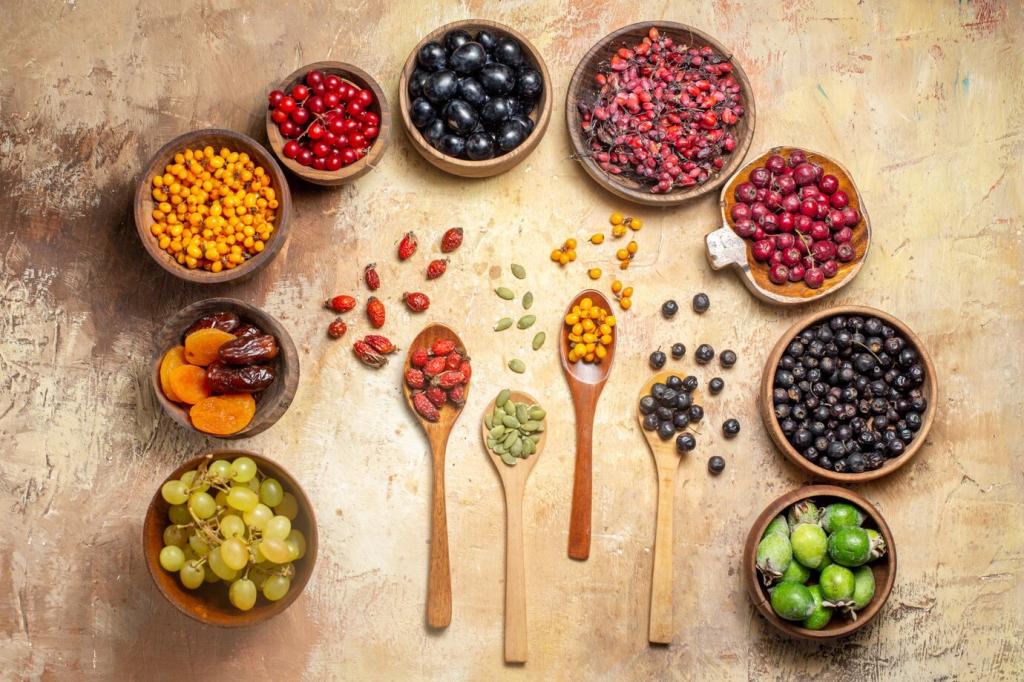Italian Minestrone: A Hearty Vegetable Soup
Chosen theme: Italian Minestrone: A Hearty Vegetable Soup. Welcome to a warm, fragrant corner of the kitchen where humble vegetables become comfort, one simmer at a time. Today we celebrate Italy’s beloved minestrone with stories, techniques, and practical tips that help you craft a bowl worth sharing. Read on, leave a comment with your favorite twist, and subscribe for more delicious, seasonal inspiration.

Roots and Traditions of Minestrone
01
Minestrone was born from cucina povera, the thrifty, ingenious cooking of rural Italy. Families stretched garden vegetables, beans, and scraps into nourishing meals. That spirit lives on: respectful of seasons, mindful of waste, and centered on flavor built from patience rather than extravagance.
02
Across Italy, minestrone changes like dialects. Liguria swirls in pesto, Lombardy might add rice, Tuscany leans on cannellini beans, and some villages tuck in a Parmigiano rind. Each variation remains unmistakably minestrone—vegetable-forward, aromatic, and hearty enough to feed both body and soul.
03
Picture a Sunday kitchen: a heavy pot sighing quietly, windows misted, the air perfumed with basil and tomatoes. Nonna tastes, nods, and adds a whisper of olive oil. That memory isn’t just nostalgia; it’s guidance—slow cooking, simple ingredients, and care create unforgettable minestrone. Share yours below.
Seasonal Ingredients and Smart Swaps
When the market bursts with color, your minestrone should, too. Zucchini, green beans, peas, tender carrots, and ripe tomatoes shine with basil. Keep cooking times short to preserve snap and sweetness. A spoon of pesto or a handful of torn herbs at the end keeps everything bright and lively.
Seasonal Ingredients and Smart Swaps
Cold weather favors sturdy vegetables and longer simmers. Think cabbage, kale, potatoes, squash, and canned tomatoes for depth. Earthy borlotti or cannellini beans provide body. A rosemary sprig, bay leaf, and a Parmigiano rind coax a cozy, savory broth that warms hands, hearts, and busy weeknights.


The trio of onion, carrot, and celery sets the foundation. Sweat them slowly in olive oil with a pinch of salt until glossy and sweet. This patient beginning creates natural sweetness and complexity, letting every vegetable that follows taste more like itself—only richer, rounder, and more welcoming.
Technique: Building Layers of Flavor
Add vegetable broth and, if you like, a Parmigiano rind to enrich umami without overshadowing the vegetables. Keep the pot at a gentle simmer, not a rolling boil. This preserves texture, avoids muddiness, and invites flavors to mingle. Stir occasionally, taste often, and adjust salt thoughtfully.
Technique: Building Layers of Flavor
Texture, Timing, and Tools
Add dense vegetables like potatoes and carrots first, then medium-cooking ones like zucchini, followed by delicate greens near the end. Cook pasta separately or add late to avoid sogginess. This sequence preserves color, bite, and clarity in the broth, keeping every spoonful lively instead of mushy.

Serving, Stories, and Community
Ladle minestrone into warm bowls. Offer grated Parmigiano-Reggiano, a drizzle of olive oil, cracked pepper, and chili flakes. Pair with crusty bread or focaccia to catch every drop. A crisp white or sparkling water with lemon keeps things bright. Snap a photo and share your setup.

